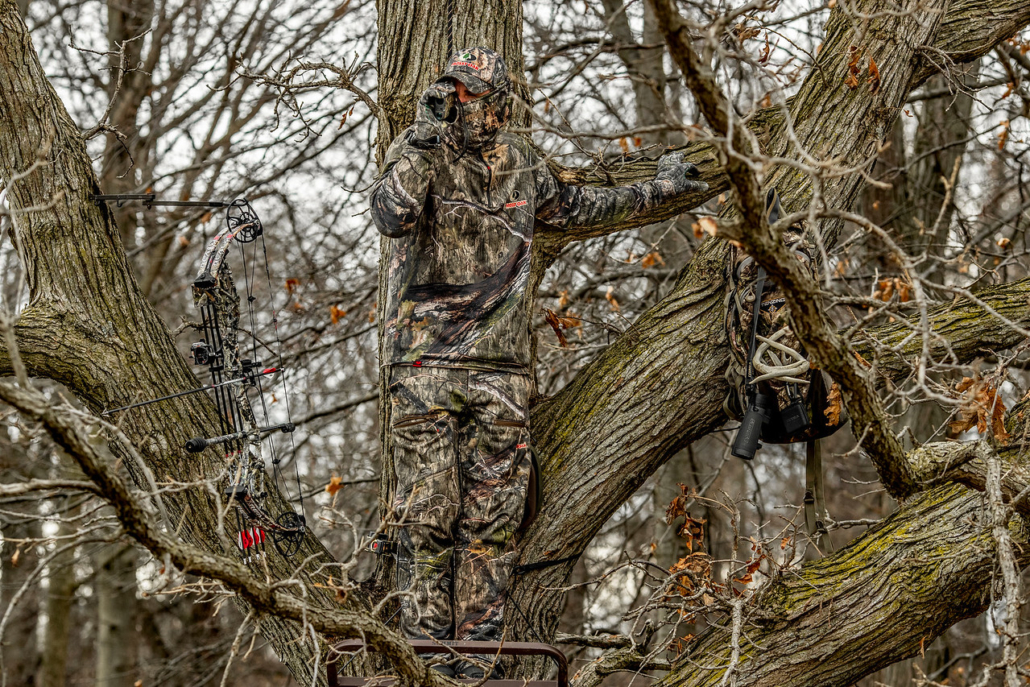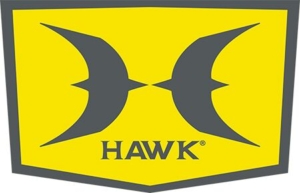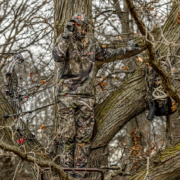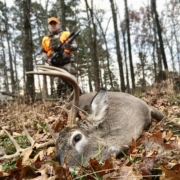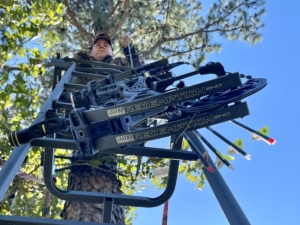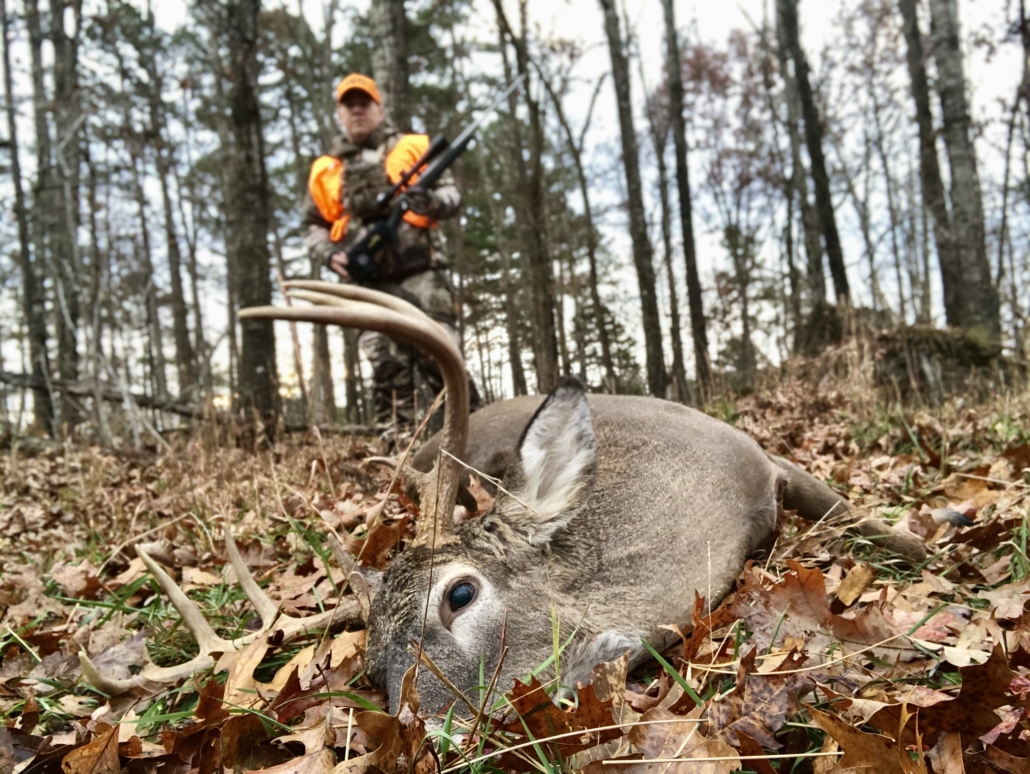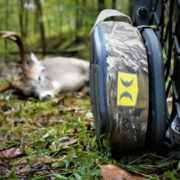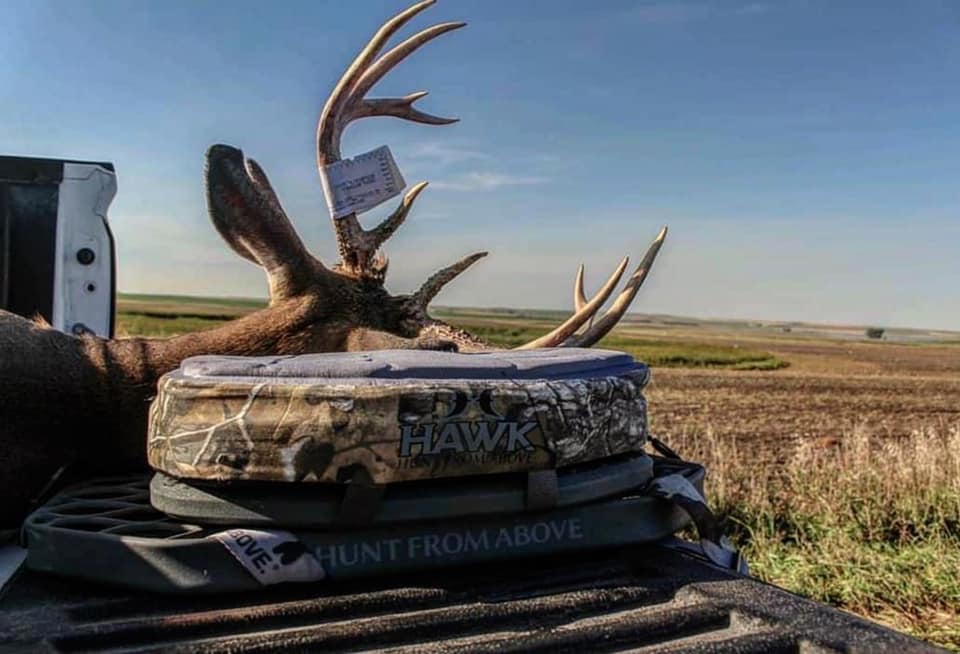How To Properly Cut Shooting Lanes
By: Heath Wood
Have you ever had the feeling that someone is watching you? Or maybe the hair sticks up on the back of your neck, and you get goosebumps and feel that something isn’t right. Some refer to this feeling as a sixth sense. The definition of a sixth sense is “a supposed intuitive faculty giving awareness not explicable in terms of normal perception.” Below the definition was a sentence that stated, “Some sixth sense told him he was not alone.”
Many deer hunters who have spent ample time in the wild have more than likely experienced deer freezing in their steps, possibly homing in on their form of a sixth sense. The deer stay motionless for several seconds while they smell and look around, trying to figure out the feeling that has come over them. When the deer finally follow their instincts and explode out of the area, many blame the deer’s nose for identifying the hunter. However, that isn’t always the case.
A deer spends every day of its life in one area. When one thing is different in an area they see and smell every day, they sense that something isn’t right. Often, hunters go into an area and hang a treestand, then cut a few shooting lanes to have a clear shot of a deer while hunting. At that moment, when hanging stands and cutting shooting lanes, the hunter can use tactics to later prevent deer from balking on their preferred travel route.
Cutting Proper Shooting Lanes
When cutting shooting lanes, it is vital not to make it look like a logging crew followed you after setting your stand locations. Cutting as few limbs as possible is critical while providing adequate space for the arrow or bullet to travel without hitting any obstructions.
When cutting limbs and brush for proper shooting lanes, I prefer taking someone along with me to help guide a better path. After placing my stand in the tree, I strap myself in with a safety harness and sit down as if I were hunting. I look around at all my possible shot opportunities and ensure I have clear shots. Next, whoever is on the ground uses a pole saw such as the Hawk Helium Pole Saw and helps clear obstructions. When removing limbs, it is essential not to remove the entire tree or sapling if possible. I try to remove obstructions six feet up and higher yet still have a clear shot of a deer. By leaving the base of small trees or saplings, deer are less likely to recognize something missing from their daily surroundings.
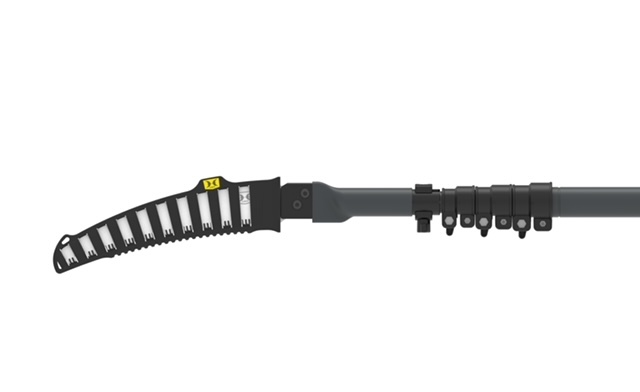
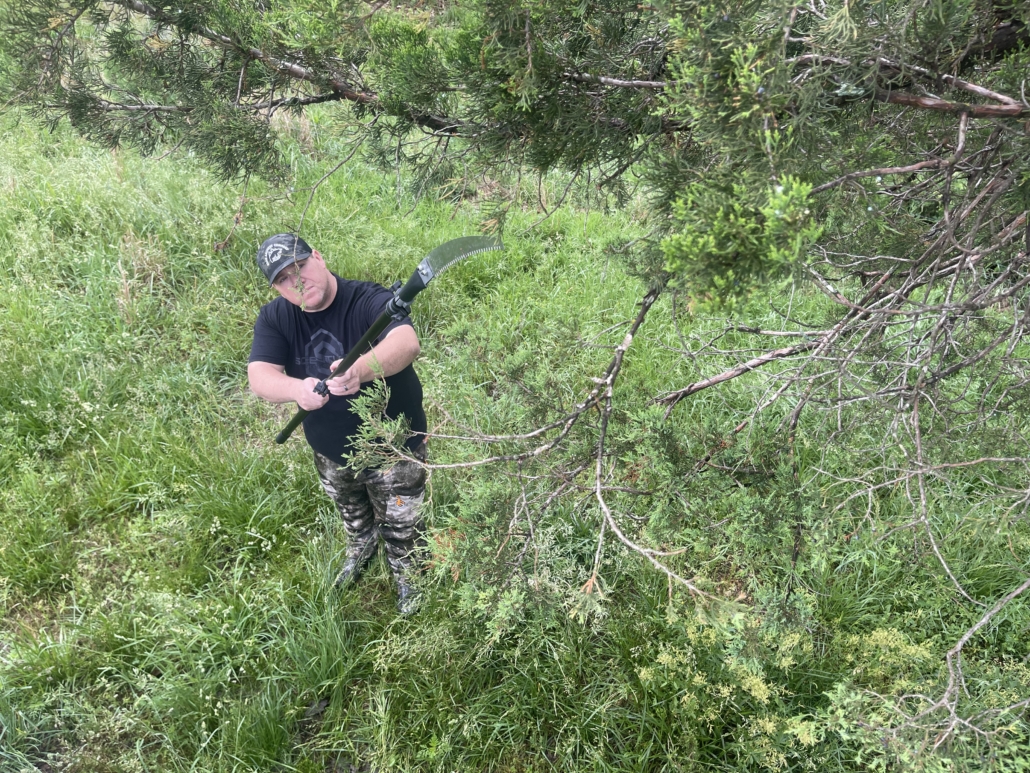

When picking out shot opportunities, it is essential to keep cover between the deer and your treestand to avoid being seen. One of the most significant factors for deer catching a sense of a hunter in the area is because they catch movement or see something in a tree that is not there on a daily routine. When picking out shooting lanes, it is vital to cut lanes, not open the entire area. Give yourself five to six scenarios for deer to travel through while keeping yourself concealed.

Clean Up The Area Afterwards
To avoid deer perceiving something that looks different in their area and to keep themselves concealed, the hunter should clean the area after trimming lanes to make it look and smell as before hanging the treestand. I try to use a scent elimination regimen when hanging stands and cutting shooting lanes. Even though I am not hunting in the area at that time, I do not want to fill up my hunting area with human scent. I try to spray down myself, including the bottom of my shoes or boots. I spray my stands, ropes, straps, and accessories with Hunters Specialties Scent-A-Way spray. The goal is to reduce as much human presence as possible.
After eliminating human odor, I remove all limbs, branches, and brush I cut out of the area. I use as many as I can to camouflage around my stand, especially behind where my body silhouette would be when looking up from the ground. Not only does it help me to stay concealed, but it also takes away the vast difference in appearance that multiple trees, limbs, and other trimmings laying out of place create. Anything a deer notices that is not commonplace is fuel for their sixth sense that can ruin a hunt.
Final Preparation
After everything is complete with my stands and shooting lanes, my last task before hunting is using a rangefinder and marking multiple areas for different yardage. After all shooting lanes are cut, I like to return to a hunting position and use my Vortex Impact 1000 rangefinder to mark yardage that can help when archery hunting. I identify landmarks such as specific trees, rocks, and stumps and mentally mark them as an aide when deciding which sight to use on my bow. In each shooting lane that I make, I range different objects. I note those same objects every time I hunt until I memorize them.
By having multiple shot scenarios ranged before hunting, I am better prepared, giving deer no time to become aware of their surroundings before making the shot.
